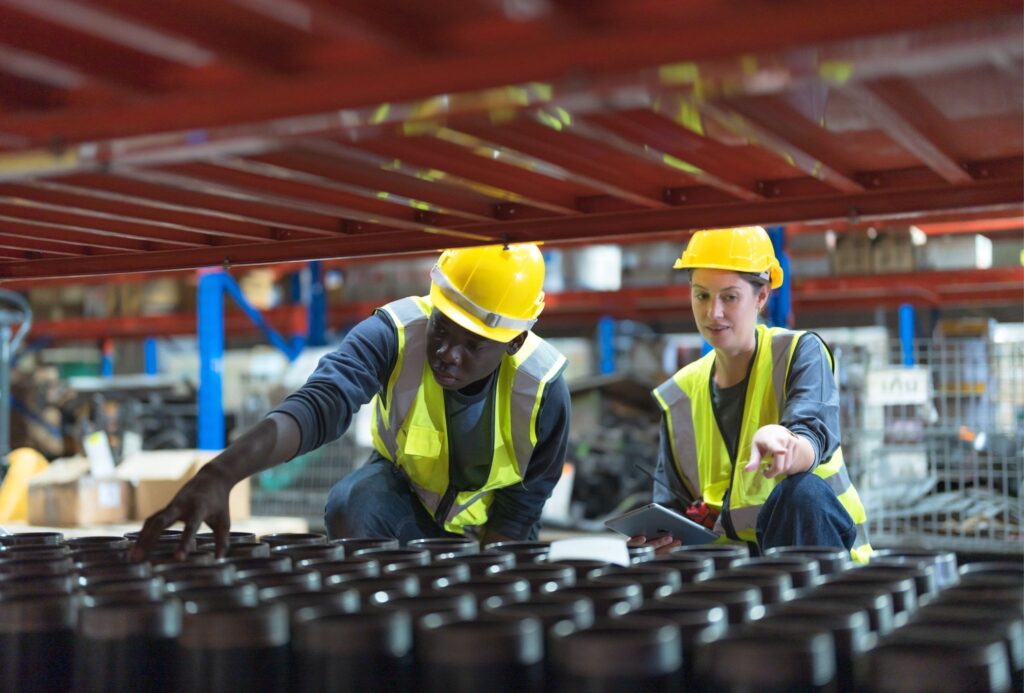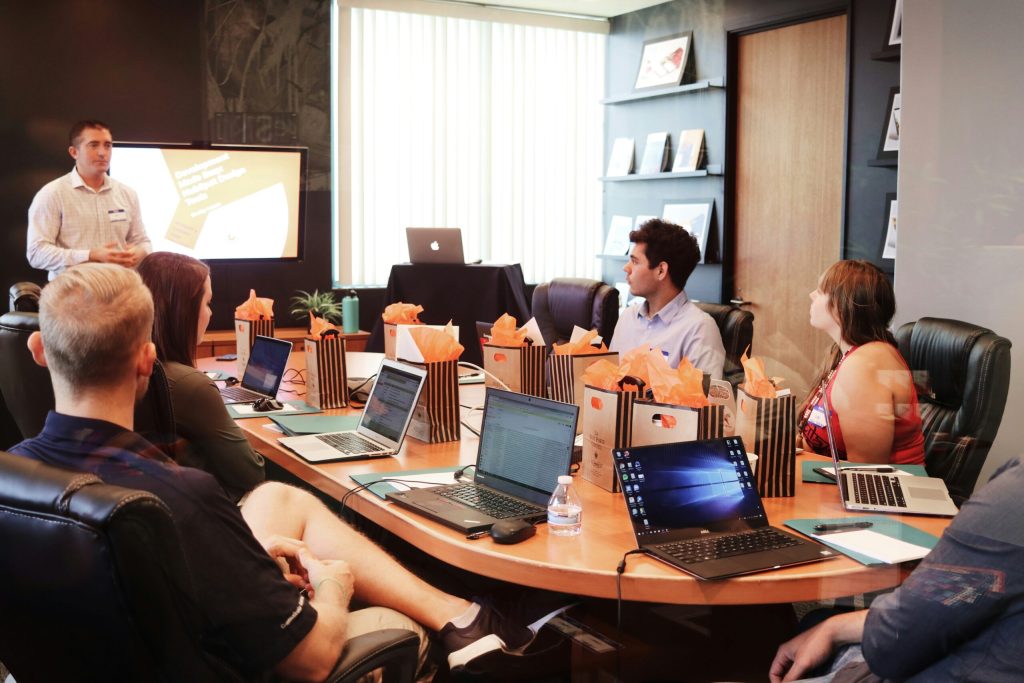AI Tools Can Help Put the ‘Human’ Back into Human Resources
Most people cringe at the word ‘artificial intelligence’, especially when spoken in the workplace. It’s unfortunately associated with robots and replacements, being an ‘error-free smart machine’ that could carry out almost any task more accurately and efficiently than any human. While some highly advanced AI technologies could do just that, it’s unlikely human labour will be replaced entirely. It would be expensive to implement and, most importantly, organisations would lose that essential human and emotional connection with their clients and customers. Essentially, AI is not to be feared. Instead, it’s frankly a magical tool that can help organisations scale rapidly while retaining and attracting invaluable staff. It also helps employees communicate their needs with their employees through advanced communication and data collection so as to improve their workplace experience.
AI ESTABLISHES CULTURE AND IMPROVES WORKPLACE EXPERIENCE
We are already using AI every day in our personal lives. Think of Facebook or Amazon, for example, their AI algorithms collect data based on your activity and selections and use these to improve your experience. The same goes for AI tools in the workplace, and in particular HR. With the human resources department utilising AI tools such as customised surveys, data can be pulled direct from the workforce and used to solve a multitude of workplace concerns. These tools create a platform for transparency, open communication and engagement which was not there before, and which provides endless benefits for both the people and the business. The workforce feels heard and valued, which enhances performance and loyalty. The business on the other hand, better understands the needs and motivations of their core asset and has the opportunity to align the culture, tasks and incentives to these needs to get the most out of their employees.
By establishing a culture of communication, feedback and continuous improvement between both parties, AI manages to put the ‘human’ back into human resources, productivity back into people and profit back into business.
AI HELPS HR NAVIGATE GENERATIONAL DIVIDES
If we consider our digital-era and its constant evolution, there’s no way of avoiding technology in the workplace - and truthfully, there’s no good reason to anyway. AI tools used in human resources helps make complexities such as generational divides and contemporary jobs, for example, a lot easier to navigate. As technology and the world of work evolve simultaneously, so HR professionals will, amongst other things, be required to recruit for jobs that don’t yet exist and retain ‘modern’ staff that grew up with tech and who have unique ideas, needs and motivations in the workplace compared to older generations. This is where HR technologies and AI solutions can be extremely useful, and the organisations that see the value in it will be able to adapt swiftly and grow rapidly.
AI MAKES CHANGE EASIER TO MANAGE
Right now, we already see a shift in today’s employees: they’re rejecting traditional, creativity-crushing, inflexible, 9-5 jobs and are demanding personalisation: autonomy, flexibility and creative freedom. This calls for HR to shift their approach to people and business and are compelled to become more flexible themselves, as well as more in-tune with their internal and external workforce. Again, AI bridges this gap and allows HR the opportunity to embrace change and grow alongside these progressive environments by providing critical people-centric data. The AI we speak of here has little to do with instituting automation, but rather equipping HR with data-driven tools necessary for personalisation in the workplace.
AI IMPROVES TRAINING
AI tools have made training much more effective, because it’s been made personalised. With the data collected from AI, training courses are tailored to individuals or small teams with similar skills, interests and objectives. AI tools have taught us that training cannot be a one-size-fits all. Years ago, almost everyone in an organisation was trained with the same method/approach and sometimes even the same content was shared amongst all. This meant information penetrated only a small minority of the workforce because employees had varying goals, skill levels etc. Now that AI can help refine training, organisations are reaping greater rewards and employees feel more fulfilled and motivated.
AI CAN MINIMISE HUMAN ERROR
AI data is invaluable. It not only betters systems and processes, but minimises the costs of human error. With AI, HR can utilise the people-centric data generated from tools such as surveys, which assists in strategic decision making based on business objectives and workforce skill. This indirectly minimises error through identifying and placing the best man for the job, according to ‘science’.
AI CAN ELIMINATE HUMAN BIAS
Many areas of the human resources function can be influenced/affected by human bias, including recruitment, grievance processes, feedback etc. HR professionals are just people and can make assumptions, or feel negatively or positively towards individuals based on a number of factors including culture, age, gender and more. AI is, of course, devoid from emotion, eliminating bias during recruitment/candidate screening for example. It’s for this reason, surveys of candidates are becoming increasingly popular during recruitment phase.



